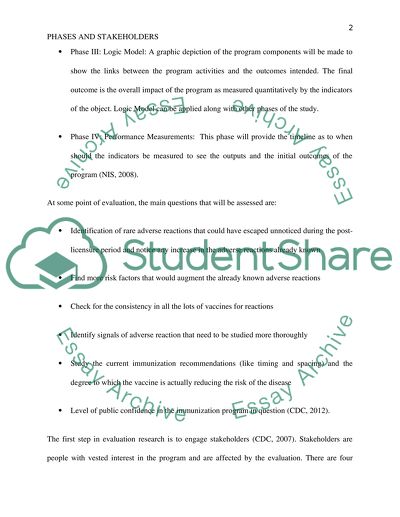HP2C: Health Program Evaluation of Immunization Safety Essay. Retrieved from https://studentshare.org/health-sciences-medicine/1452195-hp2c-health-program-evaluation-of-immunization-safety
HP2C: Health Program Evaluation of Immunization Safety Essay. https://studentshare.org/health-sciences-medicine/1452195-hp2c-health-program-evaluation-of-immunization-safety.


